How to Manage Wildlife Habitat in Forests for Biodiversity
- August 8, 2024
- 0 comment
Learn effective strategies for managing wildlife habitats in forests to boost biodiversity. Walking through a forest, the sounds of birds, the rustle of leaves, and the sight of diverse wildlife create a symphony of nature. This harmonious scene is the result of careful wildlife habitat management, ensuring that forests not only thrive but also support a rich tapestry of biodiversity.
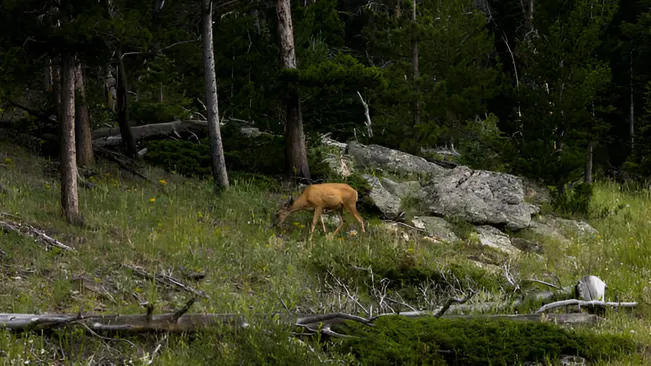
Let’s explore the steps and practices necessary to manage wildlife habitats in forests effectively, ensuring the preservation and enhancement of biodiversity.
Understanding Wildlife Habitats
Wildlife habitats are the lifeblood of forests, providing the essential conditions for a multitude of species to thrive. These conditions include food, water, shelter, and space. Each species has its unique habitat requirements, and a healthy forest supports a diverse array of habitats to accommodate various wildlife. Key elements of a healthy habitat include:
Food
Availability of natural food sources such as fruits, nuts, seeds, and prey. A diverse forest offers a rich variety of food throughout the year, supporting herbivores, carnivores, and omnivores alike.
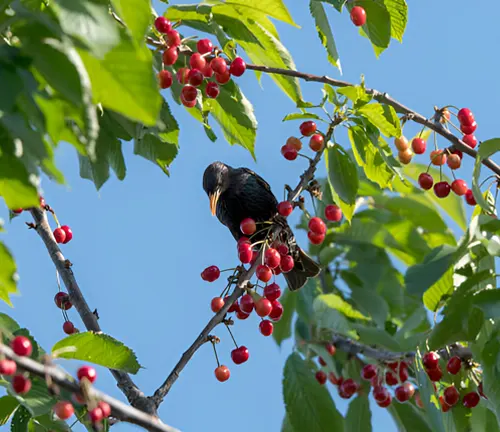
Water
Clean water sources like streams, ponds, and wetlands are the drinking fountains of the wild. Maintaining clean and accessible water sources is vital for the health of the entire ecosystem, ensuring that all species can find the hydration they need to survive.
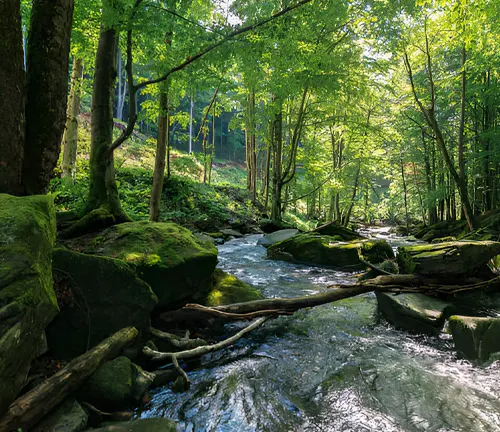
Shelter
From nests in the trees to burrows underground, shelter provides safety from predators and harsh weather. Providing a variety of shelter options helps protect wildlife from the elements and predators, supporting their reproductive and daily survival needs.

Space
Adequate territory for animals to live, breed, and forage ensures that they have room to roam and thrive. Ensuring that there is enough space for various species helps maintain a balanced and harmonious ecosystem, where wildlife can interact naturally without human interference.
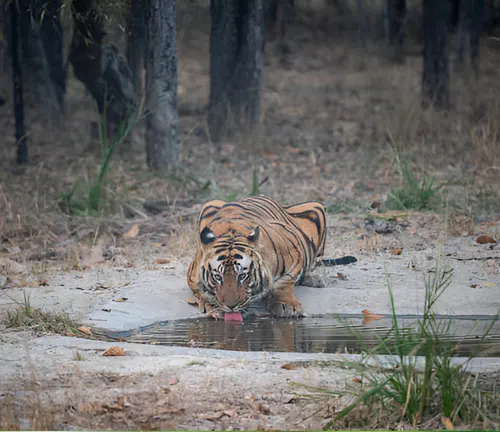
Diverse habitats are crucial as they support a wider range of species, each contributing to the forest ecosystem’s health and stability.
Assessing Current Wildlife Habitats
Before diving into habitat management, it’s essential to take stock of what’s already there. Assessing the current state of wildlife habitats involves:
Conducting Habitat Assessments
Use tools such as GPS, GIS mapping, and wildlife cameras to gather data on existing habitats and wildlife populations. Field surveys and remote sensing provide valuable insights into the forest’s current state.
Identifying Key Species and Their Habitat Needs
Determine which species are present and understand their specific habitat requirements. Focus on both common and endangered species to ensure a comprehensive approach.
Mapping Current Habitat Conditions
Create detailed maps that highlight different habitat types, their conditions, and areas needing improvement. These visual tools aid in planning and prioritizing management efforts.
Creating and Enhancing Wildlife Habitats
Creating and enhancing wildlife habitats is like sculpting a living masterpiece. Here’s how to do it:
Creating New Habitats
Start by identifying areas within the forest that can be converted into new habitats, considering factors such as soil type, water availability, and proximity to existing wildlife corridors. Then, implement the plan by planting native trees, shrubs, and grasses that offer food and shelter for wildlife, and create water sources like ponds or wetlands if needed.
Enhancing Existing Habitats
To enhance existing habitats, begin by removing invasive species, thinning dense vegetation, and improving soil quality. Additionally, incorporate features like nesting boxes, brush piles, and rock piles to provide extra shelter and breeding sites for wildlife.
Importance of Native Plants and Trees
Native plants and trees are adapted to local conditions and provide the best food and shelter for native wildlife. They also require less maintenance and are more resilient to local pests and diseases.
Managing Forests for Biodiversity
Sustainable forestry practices are integral to managing forests for biodiversity. These practices ensure that forests can support diverse wildlife while still being productive. Key practices include:
Integrating Wildlife Habitat Management with Timber Production
Use selective logging instead of clear-cutting to preserve habitat structure. Leave buffer zones around water bodies and sensitive areas to protect wildlife habitats.
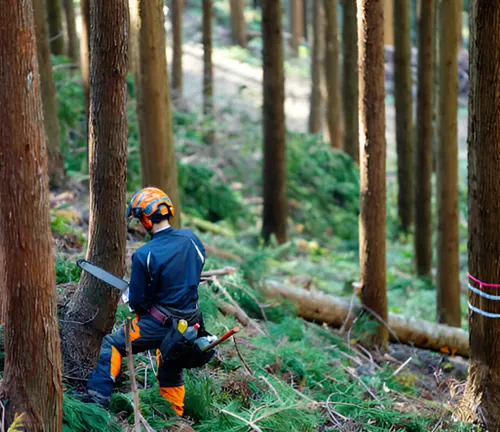
Promoting Natural Regeneration and Succession
Allow areas to regenerate naturally after logging or disturbances, encouraging the development of diverse habitats. Use controlled burns and other techniques to mimic natural disturbances that promote habitat diversity.
Maintaining Habitat Diversity
Maintain a mosaic of different habitat types, such as open areas, dense forests, and wetlands, to support various species. Implement rotational grazing and controlled burns to manage vegetation and promote habitat diversity.

Specific Habitat Management Practices
Different wildlife species have unique habitat requirements, and specific management practices can help meet these needs:
Creating Nesting Sites and Shelters
Install nesting boxes for birds and bats, and create brush and rock piles to provide shelter for small mammals and reptiles.
Managing Water Sources and Wetlands
Restore and protect wetlands to provide breeding grounds for amphibians and aquatic species, ensuring streams and ponds are clean and free from pollutants.
Providing Food Sources
Plant fruit-bearing trees and shrubs that provide food year-round while maintaining meadows and grasslands to support herbivores.
Maintaining Corridors for Wildlife Movement
Ensure connectivity between habitats by preserving natural corridors and avoiding the construction of barriers that impede wildlife movement.
Monitoring and Evaluation
Ongoing monitoring and evaluation are crucial to the success of habitat management efforts:
Setting Up a Monitoring Plan
Define clear objectives and select appropriate methods for monitoring, such as wildlife cameras, field surveys, and remote sensing.
Using Technology and Citizen Science
Utilize technologies like drones and satellite imagery to gather data on habitat conditions, and engage the community in citizen science projects to monitor wildlife and habitats.
Adapting Management Practices
Use monitoring results to adjust management practices as needed. This adaptive management approach ensures that practices remain effective and responsive to changing conditions.
Case Studies of Successful Habitat Management
Highlight examples of successful habitat management projects to demonstrate best practices and inspire further efforts.
Community Involvement and Education
Engaging the local community and providing education is vital for successful habitat management. Involving local residents, schools, and organizations in activities such as tree planting and monitoring fosters a sense of ownership and responsibility for local wildlife habitats.

Educational programs and workshops for landowners, volunteers, and students raise awareness about the importance of habitat management, ensuring that community members are well-informed and actively participating.
This community involvement leads to more sustainable and effective management, as it builds a collaborative effort towards preserving and enhancing wildlife habitats.
Challenges and Solutions
Managing wildlife habitats comes with various challenges, but innovative solutions and collaboration can help overcome these obstacles:
Common Challenges
Habitat Fragmentation– The division of forests into smaller, isolated patches disrupts wildlife movement and decreases genetic diversity.
Invasive Species– Non-native species outcompete native species, disrupting ecological balance and altering habitats.
Climate Change– Shifts in climate affect habitat suitability, species distribution, and increase the frequency of environmental disturbances.
Solutions
Protecting critical habitats by establishing conservation easements and managing land through trusts, and engaging local communities in habitat management through education and participation.
Additional approaches involve restoring degraded habitats by replanting native vegetation and removing invasive species, and partnering with organizations to share resources and expertise for comprehensive conservation strategies.
Conclusion
Effective management of wildlife habitats in forests is essential for maintaining biodiversity and ensuring the health and resilience of forest ecosystems. By understanding habitat requirements, assessing current conditions, creating and enhancing habitats, and involving the community, we can promote biodiversity and protect wildlife for future generations.
Ongoing monitoring and adaptive management will ensure that these efforts remain effective and responsive to changing conditions. By prioritizing wildlife habitat management, we can create vibrant, diverse, and resilient forest ecosystems.
Frequently Asked Questions (FAQs)
- How often should wildlife habitats in forests be assessed?
Wildlife habitats should be assessed annually to monitor changes and ensure that management practices are effective and responsive to the needs of the ecosystem. - What are the best practices for creating new wildlife habitats in forests?
The best practices include planting native species, ensuring water availability, and creating a mix of habitat types to support diverse wildlife. Planning and site selection are also crucial. - How can I involve the local community in wildlife habitat management?
Engage the community through educational programs, workshops, and volunteer opportunities like tree planting and habitat monitoring. Community involvement fosters a sense of ownership and responsibility. - What are the common signs that a forest habitat needs enhancement?
Common signs include the presence of invasive species, lack of food or water sources, insufficient shelter for wildlife, and decreased biodiversity. - How do controlled burns benefit wildlife habitats?
Controlled burns help manage vegetation, promote new growth, maintain habitat diversity, and reduce the risk of uncontrolled wildfires. They mimic natural fire cycles, which many ecosystems depend on. - What types of plants are best for supporting forest biodiversity?
Native plants and trees are best for supporting forest biodiversity as they are adapted to local conditions and provide food and shelter for native wildlife. - How can technology be used in wildlife habitat management?
Technology such as GPS, GIS mapping, drones, and wildlife cameras can be used to assess habitats, monitor wildlife, and gather data on habitat conditions. These tools enhance the effectiveness of management practices. - What are some effective strategies for managing invasive species in forests?
Effective strategies include physical removal, controlled burns, chemical treatments, and introducing natural predators. Regular monitoring and early detection are crucial for controlling invasive species. - How does habitat fragmentation affect wildlife?
Habitat fragmentation disrupts the connectivity between habitats, making it difficult for wildlife to move, breed, and find resources. It can lead to decreased genetic diversity and increased vulnerability to environmental changes. - Why is it important to monitor and adapt management practices?
Monitoring allows for the assessment of the effectiveness of management practices and helps identify any issues. Adapting practices based on monitoring results ensures that management remains effective and responsive to changing conditions.

Jordan Blake
Forestry AuthorJordan Blake is a forestry expert with over 15 years of experience in arboriculture and community education. Passionate about sustainable forest management, Jordan regularly writes for Forestry.com and Tree Care Magazine. Holding certifications in tree health assessments and urban forestry management, Jordan conducts workshops to educate the public on sustainable practices. Jordan has a degree in Environmental Science and enjoys hiking and photography in their free time.


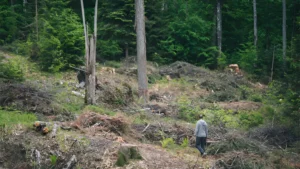
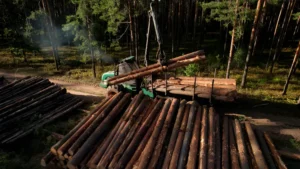




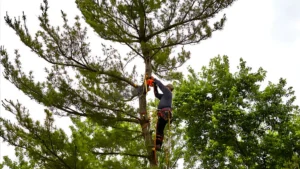
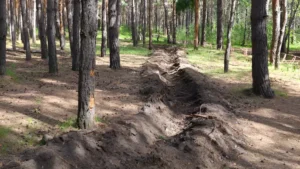

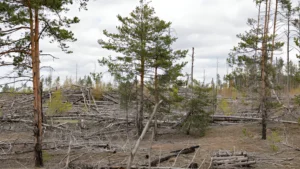
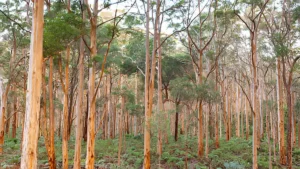
Leave your comment